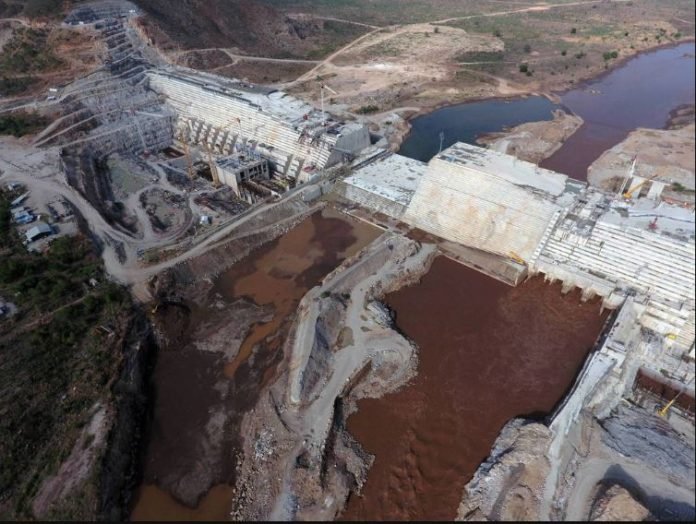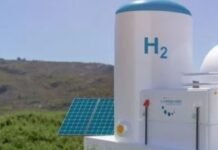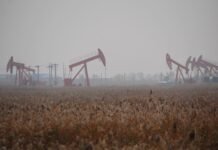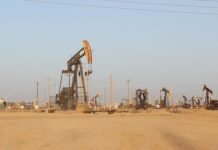The government of Ethiopia has launched electricity production from the second turbine of the Grand Ethiopian Renaissance Dam (GERD).
Prime Minister Abiy Ahmed performed the launch ceremony of the facility which now doubles its power output to 540MW. The new turbine at GERD’s Unit 9 will produce up to 270 MW of electricity. It will add to a similar capacity already produced by Unit 10, whose turbine was launched in February. The dam now already produces the same amount of power as that of Gibe dams on the country’s Omo River.
“The GERD is the historical project on which Ethiopians have invested their labour, money and knowledge. It is a reward of the dreams of the ancestors,” said the Prime Minister.
READ:Fifth edition of WindAc Africa scheduled for October
Grand Ethiopian Renaissance Dam
The US $5bn project is aimed at alleviating the country’s access to electricity which is currently just under 45%. The project construction since 2011 has been a subject of controversy as Ethiopia, the largest source of the Nile waters, bickered with Egypt, the largest consumer of the Nile waters. Sudan was also pulled in as it is a consumer of the Nile waters.
Still under construction, the dam’s water levels will be filled gradually in future, reaching a capacity that can produce about 6,400MW of electricity. The dam’s reservoir collected 4.5 billion cubic metres of water in the first filling and 13.9 cubic metres in the second phase, according to the Ethiopian Ministry for Water, Irrigation and Energy. The dam, at 145 metres high and 1.78km long, could hold as much as 74 billion cubic metres of water.
But while Ethiopia hopes to expand electricity supply to its 110 million people where 60% of them have no access to power, downstream countries Egypt and Sudan have demanded assurances that the project will not harm their water needs or make it difficult to predict flooding.
Egypt and Sudan depend on the Nile waters for most of their water needs. The dam lies on the Blue Nile River in the Benishangul-Gumuz region in western Ethiopia, near the border with Sudan. The region had recently seen violence from a local militia group so the launch of the project is also likely to boost security in the area.





